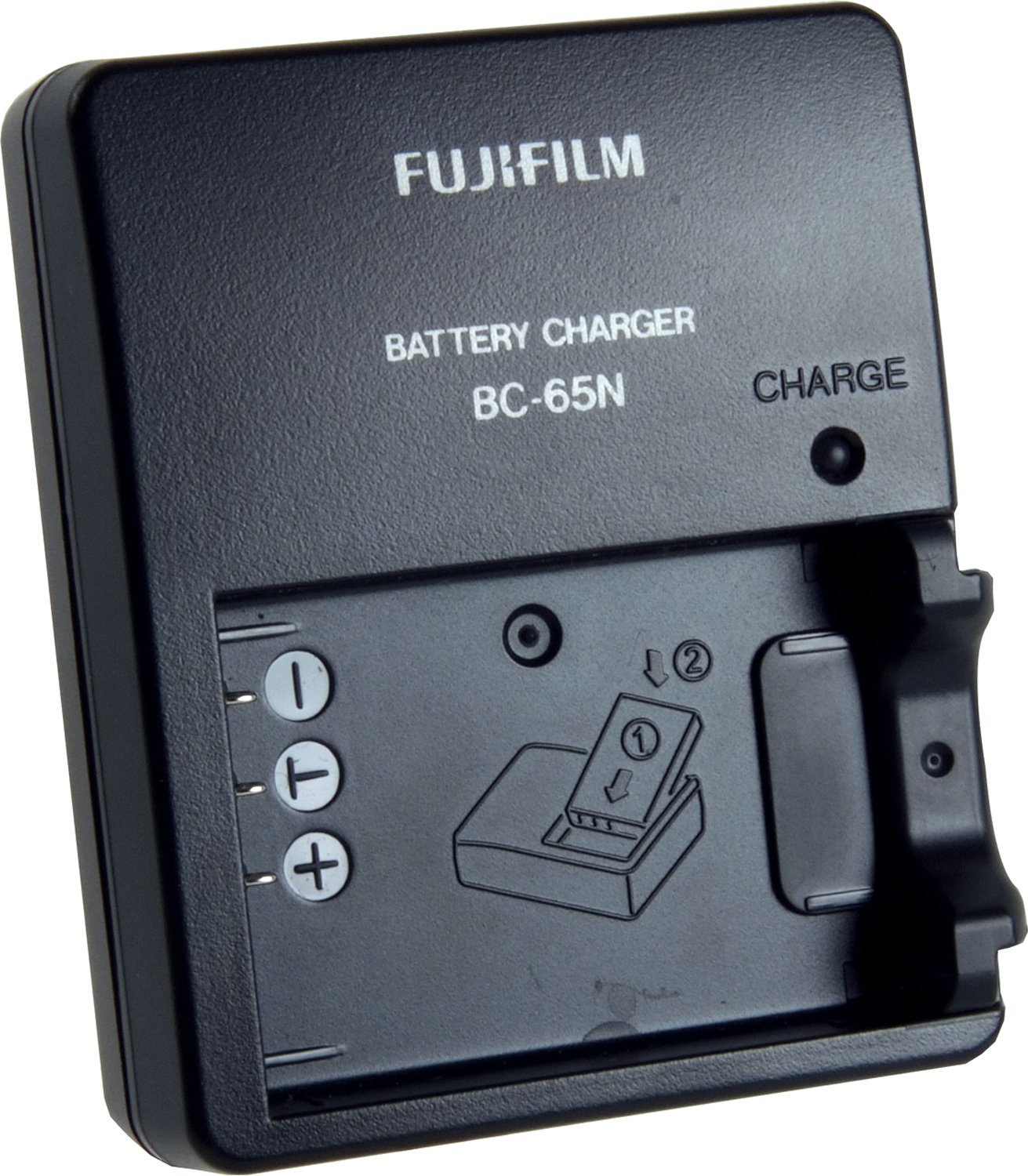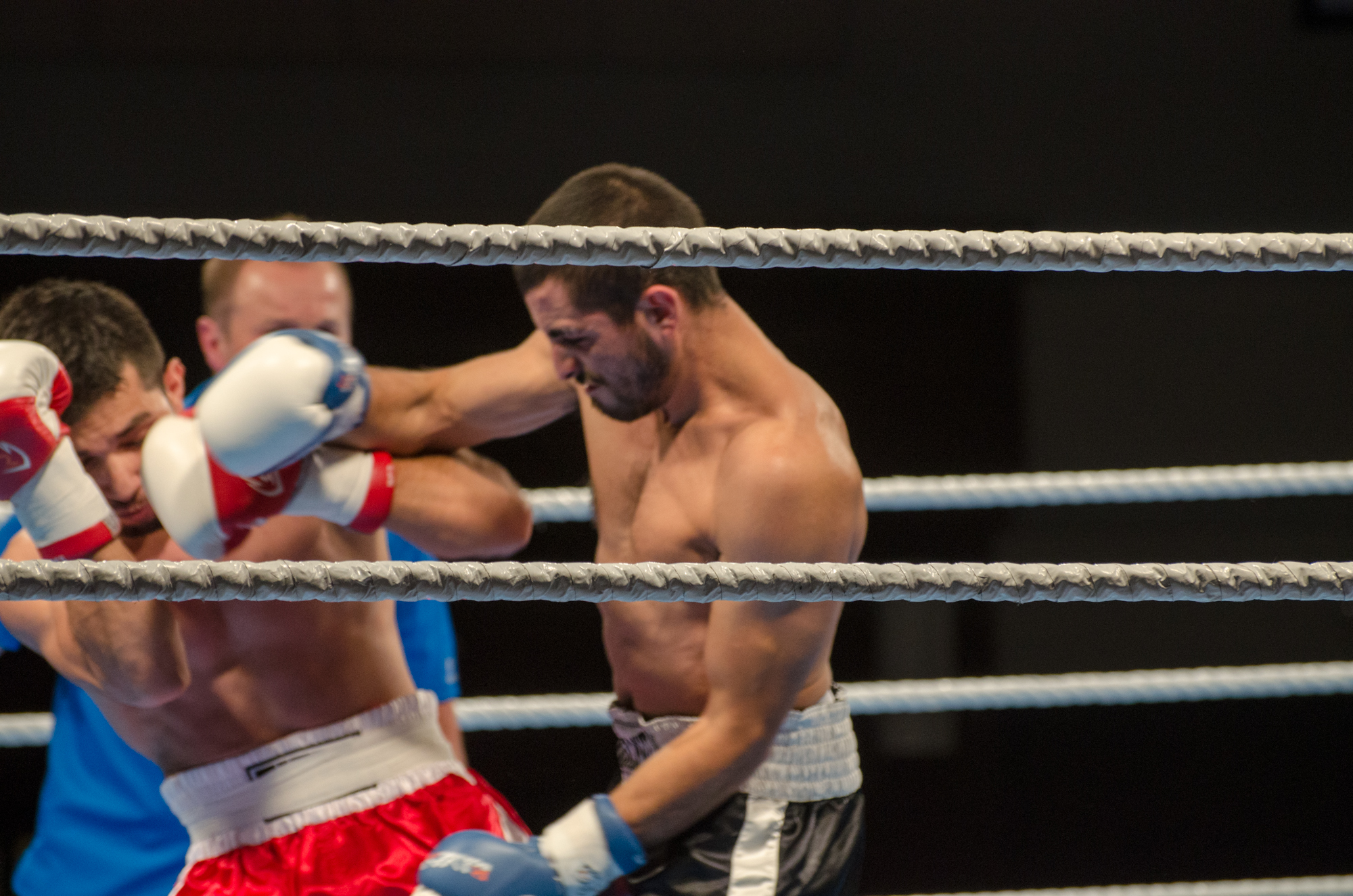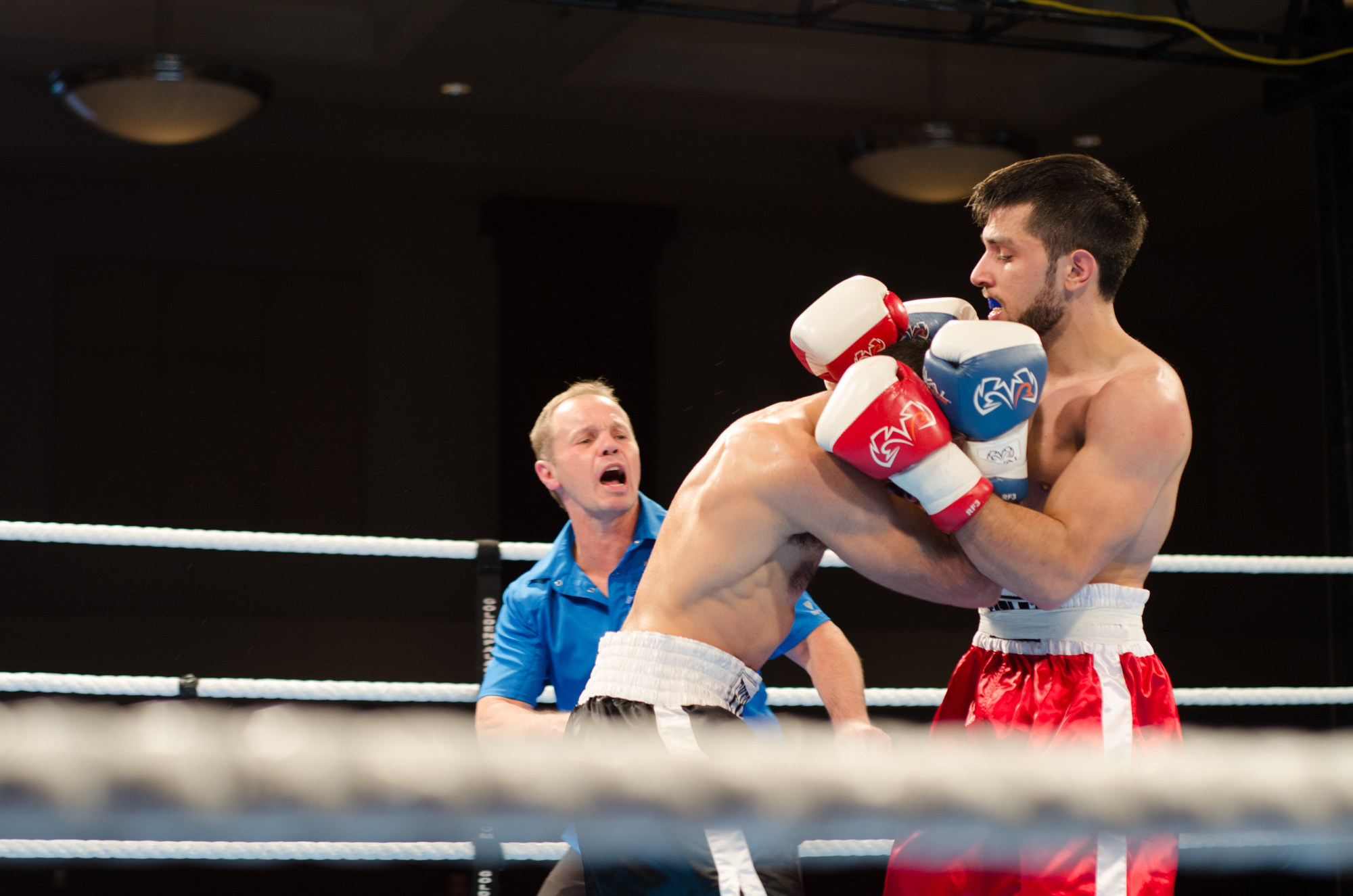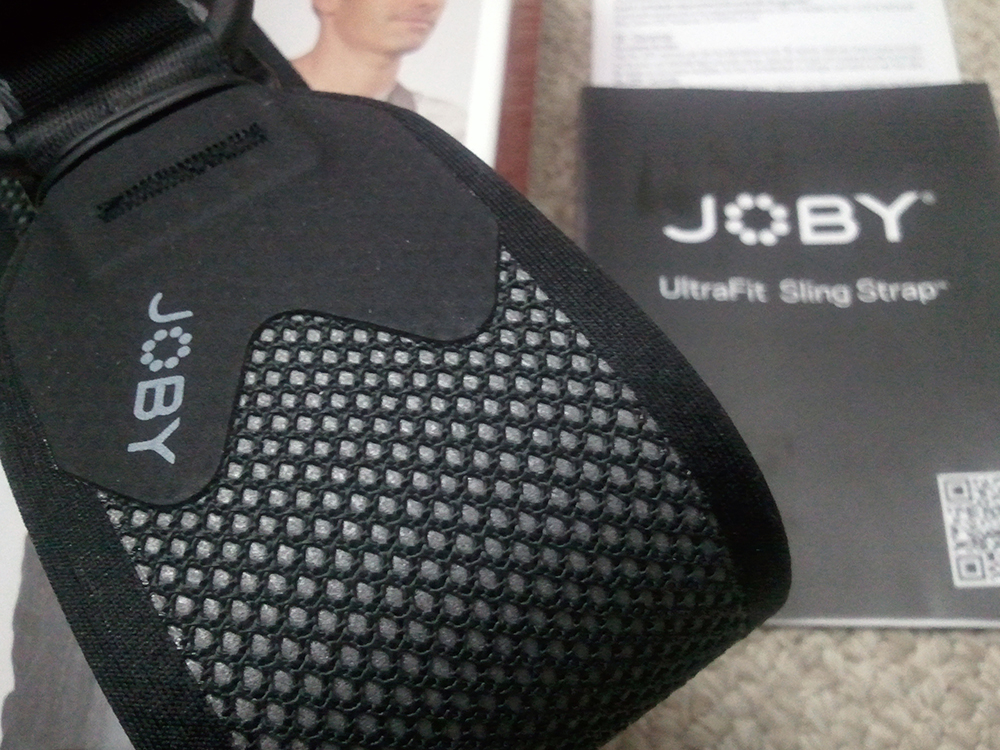In case you're wondering if your charger died or your batteries/camera is malfunctioning, here's what to look for. The X100 Fuji Chargers are prone to failure and has been reported to have statistically the worst failure rate within the industry.
These are some tell tail signs:
1. Your battery seems to die prematurely. Either it doesn't last the time it's meant to or it doesn't shoot the amount of shots it's rated for. Typically, a standard Fuji NP-95 battery with 1700 mAH lasts around 3+ hours or 250-350 shots depending whether you're shooting JPG or RAW and whether or not you have power saving functions turned on.
2. When you place your battery in to the charger while the charger is unplugged, the green light on the charger lights on. This is one of the immediate signs of a bad charger. A good charger will never show any lights when unplugged.
3. After the battery's been sitting in the charger for 6-7 hours or you've just placed a battery in to the charger and the green light on the charger blinks constantly. This is an indication of a bad battery. However, if this light comes on after a full charge cycle it is likely the charger itself has malfunctioned as well. Try the above mentioned No.2 step.
Luckily we have lot's of inexpensive solutions. A replacement OEM Fuji charger comes at around $40 and is recommended for the OEM Fuji batteries due to the fact that these OEM batteries have a 3 pin design. A Positive, Negative and a temperature reading pin. The 3rd pin is used by the charger to determine the batteries temperature/charge/life and to ensure it does not over charge. The OEM Fuji batteries are also quite expensive compared to aftermarket batteries that go for $10 a piece. An aftermarket charger also goes for $10-$20 and works just fine. You can find those from Amazon.com and Ebay.com sellers. However, keep in mind those cheaper batteries and chargers my seem identical by appearance it may not be the case. For example, the 3rd pin on the battery maybe purely aesthetic and the chargers may not have a 3rd pin for reading the batteries temperature. In other words, I wouldn't recommend charging OEM quality batteries with cheap chargers. However, with the economical price of those aftermarket batteries and chargers you can get more than a few of them to suit your needs for the price of 1 Fuji Charger / Battery. I've personally used batteries from MaxiPower and their batteries rated at 1800 mAH does last just as long as the Fuji NP-95 batteries.







































